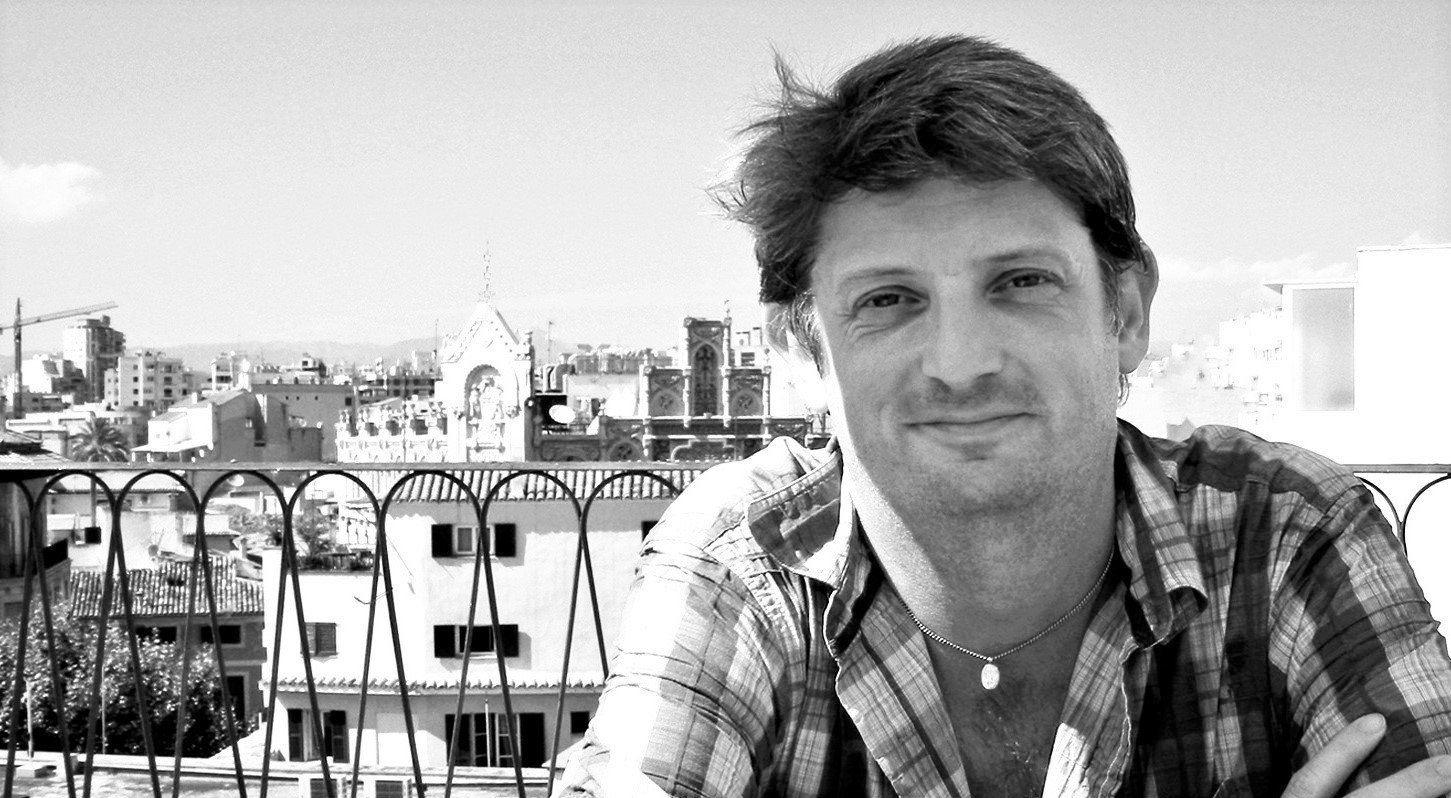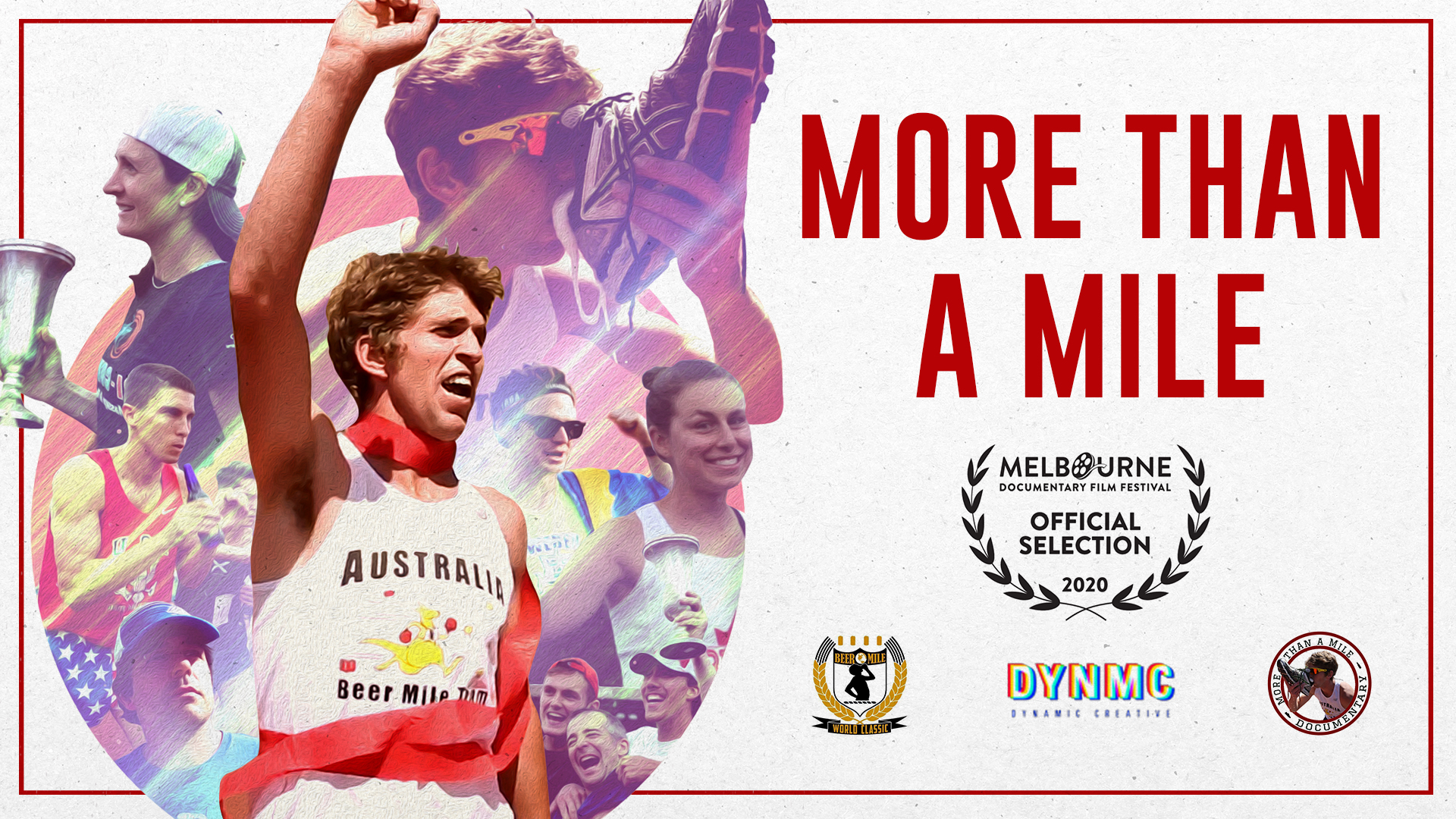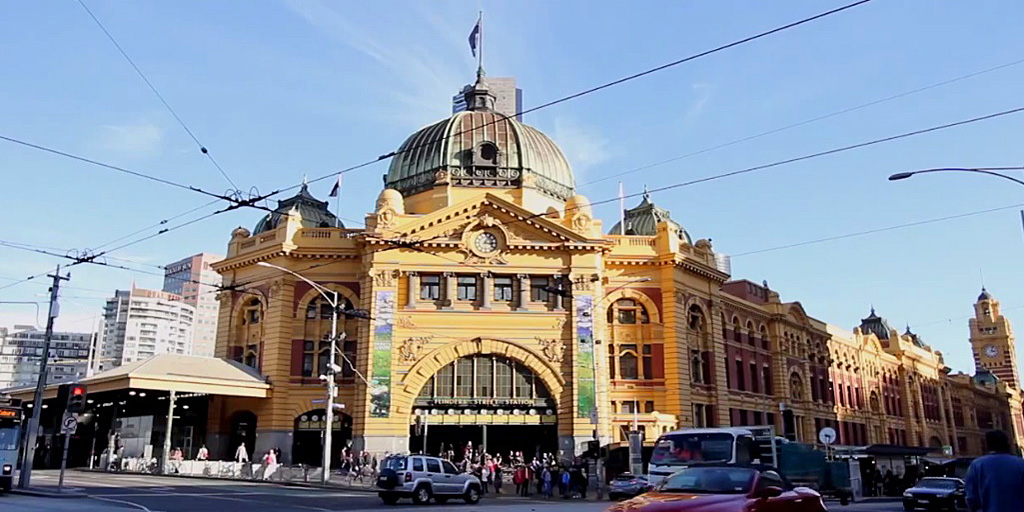Born into a musical family, Alex Marcou was exposed early on to the vibrant and intricate nature of live performance and sound recording.
In essence, his life has always been filled with something to listen to—from the sound of violins in his youth to the voices of music legends in his twenties to the present-day mixing and design of audio for some of television’s most intriguing docu-series and programs.
The London-based dubbing mixer and recording engineer’s career has spanned over two decades and includes a long list of broadcast credits for such networks as the BBC, ITV, Channel 4, Discovery, Nat Geo, and numerous short and feature-length documentaries and films.
As a kickoff to our new interview series focusing on those working in post-production roles in the film industry, Documentary Drive had the privilege of talking to Marcou recently about his roots in sound and his life and work as a dubbing mixer.

Documentary Drive: Can you tell me a bit about your background and how you first got started working as a recording engineer/dubbing mixer for film and television?
Marcou: At the tender age of four, my Mum and Dad, who met at the Guildhall School of Music, decided that it would be a good idea for me to start piano and violin lessons so music became a huge part of my world. I joined a few of the local youth orchestras and really enjoyed playing as part of an ensemble (and playing live at the Albert Hall was an amazing experience).
As my Dad was in the London Philharmonic Orchestra, I also got to go to umpteen concerts and so quite quickly got used to the concept of how the best orchestras in the world were capable of ‘balancing’ themselves, making the recording engineer’s role a lot more straightforward.
As Dad was in the LPO, they were involved in a lot of film soundtracks in the ’80s and ’90s (his claim to fame is that he played on the original “Star Wars” soundtrack and still gets a small royalty each year) and so I often went with him and sat in on sessions which is where I suspect I was bitten by the bug.
I then decided to do an electronics degree to combine my performance knowledge and technical skills in an attempt to get a job as a recording engineer.
To cut a wonderful story short, I’d completed two years of my degree when I got offered a job at Abbey Road Studios. Needless to say, after almost one whole second of contemplation, I accepted the offer and enjoyed ten glorious years working not only in London, but travelling the world, working with the most amazing artists and bands.
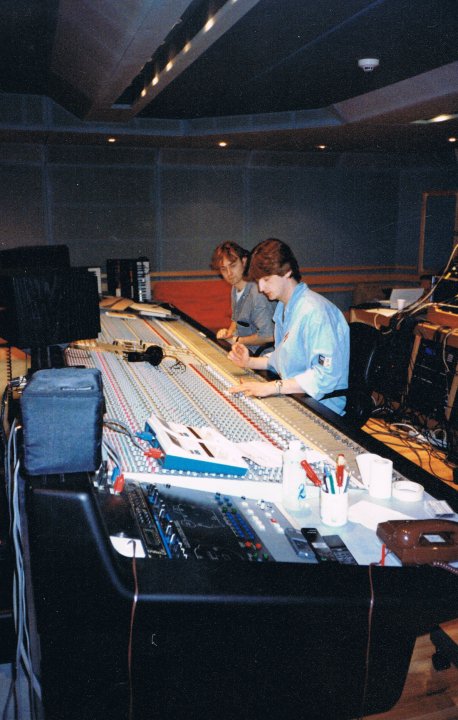
Whilst I was working at Abbey Road, I also got involved in the recording of film soundtracks and often worked with a composer called Trevor Jones.
I think that this is where I decided I’d like to get more involved with ‘sound for picture’ and so once I’d left Abbey Road, I started working in TV and I suppose the rest is a very enjoyable history.
Documentary Drive: Walk me through how you usually begin a mixing session. . .
Marcou: I tend to import the final pictures, the audio from the rushes and then all the music and sound effects that the editor has ‘laid up’ (posh term for ‘added’). I then work on all the spoken dialogue, amending any ‘ambitious’ edits (see note below) and adding any atmospheres appropriate to the scene so that when just the dialogue is played in isolation it plays through in a seamless way and with no audible edits.
Most picture editing platforms only allow the editor to cut to what is called ‘frame accurate’ (each second being subdivided into either 24, 25 or 30 frames) but audio systems allow the editor to edit to a ‘sub frame’ accuracy which enables audio mixers to ‘adjust and smooth out’ some dialogue and music edits.
On occasion, there may be some very noisy dialogue (possibly noisy and distracting backgrounds) and so I then have to decide whether I can remove the unwanted noise ‘electronically’ or whether the dialogue needs to be re-recorded in a process called ADR. ADR is when the original contributors or actors re-record their lines whilst watching the edited pictures in a recording studio or re-recording suite. I then ‘lip-sync’ the new audio to the pictures so it’s un-detectable as not being the original poor source.
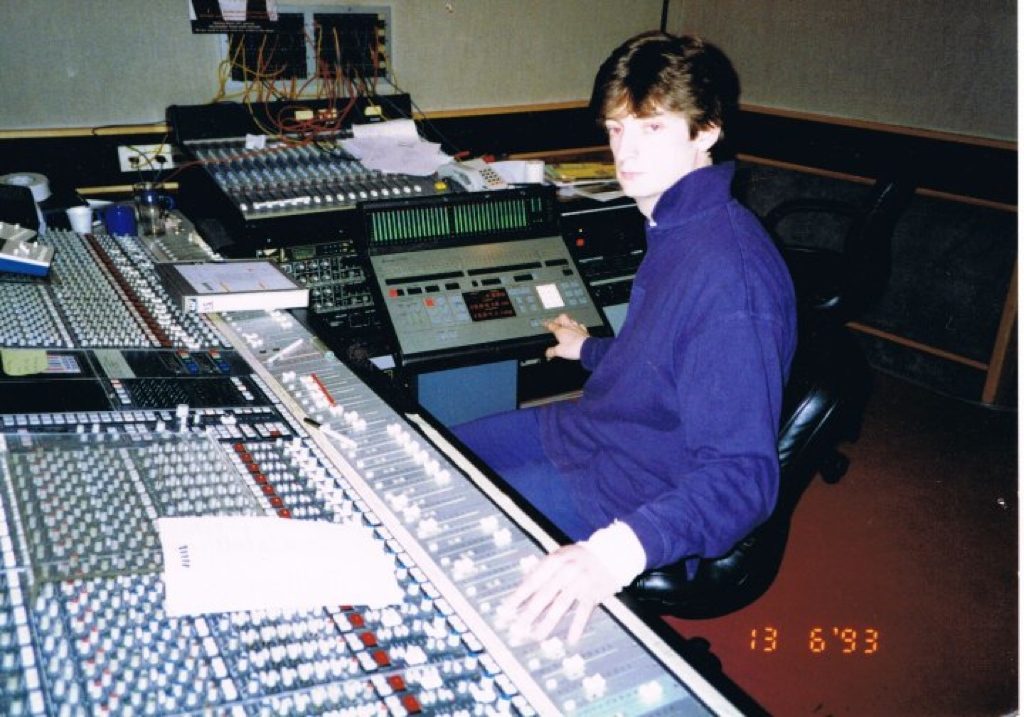
Then I would focus on the music and fix any audible edits and, if possible, ensure that the tempo of the music ‘pops’ with the tempo of the picture cut.
Most editors will have already done this, but on occasion, (possibly due to time constraints or music not being clearable and having to be swapped out), I have to replace music and get the tempos and style as close to as what was originally intended.
Depending on the subject matter (documentary or short film), I may then have to go through and add some ‘foley’ effects. This is where I would add footsteps, clothing rustles and car passes for example. These are essential in scenes where ADR has been used to ensure that the scene stays as ‘real world’ and convincing as possible.
So, once I have all these elements ready, I would then start the final mix, altering the relative levels of each element to ensure that everything is balancing properly and that the dialogue has clarity. I also check my mixes on a mixture of large and small professional loudspeakers and domestic televisions to ensure that the mix works in both ‘cinematic’ environments as well as whilst being enjoyed sitting on the sofa at home.
Another technique that I employ is to listen to the final mix very quietly and in Mono. If the mix still sounds ‘intact and intelligible’ with nothing being either too loud or disappearing, then there’s a fairly strong chance that the mix will sound as you intended it to in most environments.
Documentary Drive: What are the most difficult background noises to edit out?
Marcou: Some of the most difficult background sounds to remove are ones that have an element of what we call the ‘doppler’ effect. Without getting too technical, this is when the frequency of the sound changes over time. For example, if you’re standing on the side of the road when a police car with sirens blaring is approaching, the perceived frequency of the siren changes as it approaches, passes and then recedes. The frequency is higher as it approaches and lower as it’s driving off into the distance. I’ll explain what makes this so tricky to remove in a second or two.
The easiest noises to remove are those with a ‘fixed frequency’ such as the hum of a fridge or the hum of the mains electricity. You simply find the frequency of the hum and then ‘notch’ it out – in technical terms, we isolate the frequency and then simply reduce or remove that frequency with a ‘graphic equalizer.’ So, if we go back to our police car example, because the frequency of the siren is constantly changing, it’s very difficult to ‘chase’ it and remove it completely.
What makes our job easier now is that we have software to be able to remove and reduce these pesky noises. In effect, you ‘take a snapshot’ of the noise you want to remove and then whenever the software ‘hears’ the noise, it does its best to remove it without doing too much damage to the sound you want to keep.
Documentary Drive: For an hour-long documentary film or television program, how long does the mixing process generally take?
Marcou: This is a bit of a ‘how long is a piece of string’ type question! If a documentary mainly consists of interview, archive and voice-over, then it’s possible to do them in two days, but if it’s a large-scale natural history film or a documentary that contains complicated animations and dramatic reconstructions, which require a lot of sound-design, then it can take up to a week (or longer) depending on how large the sound-crew and budget is.
Documentary Drive: Having also worked in the music industry, is there a difference in mindset between how you approach a film project versus that of an album?
Marcou: This is a really hard question to answer as although both creative processes involve sound, in my humble opinion, the two are very different disciplines.
For example, with a classical recording, all the musicians perform simultaneously and so ‘everyone,’ including myself would have to get their performance perfect at the first time of asking, if not, then everyone will have to re-record it! But with an album or soundtrack, they’re usually made up of layers recorded separately and then ‘mixed’ together as you would do a doco—the similarity here is that you’re fundamentally listening to and mixing a set of elements to ensure that they all glue together.
I realized quite early on that recording and mixing for both albums, film and TV is quite a negative one as you’re only listening out for what is wrong: if it’s right, then your brain ignores it as it’s not a problem and doesn’t require fixing!
Documentary Drive: Of your list of broadcast credits, is there a particular program that you’re most proud of?
Marcou: I am very proud of a documentary that I mixed about the author Toni Morrison. It was with Alan Yentob and for the BBC1 series “Imagine.”
Another film which I’m also very proud of is called “Calvet” and about the phenomenal artist Jean-Marc Calvet. It’s an amazing film with a superb score by Edith Progue. It was accepted and featured at a number of independent film festivals and aired by Channel 4 here in the UK.
And the most ‘nerve-wracking’ project I had the honor of working on was the live broadcast of the Three Tenors during the 1998 World Cup. Just before we went live, one of the other engineers tapped me on the shoulder and said:
Don’t worry Al, our estimated audience is only 1.2 billion people!
Documentary Drive: I’m curious if when you’re watching a film just for fun whether you find yourself subconsciously tuned-in and analyzing the mix or not?
Marcou: I love watching well-crafted films and documentaries and more often than not, I’m able to turn off my creative and technical brain and enjoy the film for its content. What does frustrate me though is when the sound quality is so poor that it becomes a distraction. For example, if you’re filming an interview in a completely controllable environment, there’s absolutely no excuse for it sounding like your contributor is talking through eight layers of clothing and in another room (you’d be surprised just how many times this happens).
The tragedy is because of decreasing budgets, the ‘sound guy’ is always the first to get taken off the call sheet and the sound responsibilities are taken over by someone inexperienced. The irony is that the money spent fixing all the poor quality source material in the dub is more often triple the amount of money saved in not taking a sound man or woman!
Documentary Drive: What do you find most rewarding about working in sound? And is there a challenge you face regularly as a dubbing mixer that you either love or loathe?
Marcou: As daft as this sounds, as a recording engineer, I used to love holding a completely blank roll of 2” tape (which smelt amazing, by the way) as because at that point in time, nothing on that tape was either ‘right’ or ‘wrong’ and was just crying out to be turned into something unbelievably creative, and all being well, memorable for years to come.
As a dubbing mixer, it’s the simple things I love. For example, I love working with voice-over artists who’ve got such amazing voices that all I have to do is hit ‘play and record’ and relax instead of thinking to myself “OMG, this is going to take hours of processing and editing to make sound even half-decent!”
Documentary Drive: You have a newly designed studio in SW London, tell me about the kinds of equipment you’re using. . .
Marcou: I run Pro Tools which is a DAW (Digital Audio Workstation) made by AVID: I have a surround setup which means I can mix into 5.1 as well as stereo. I also have a beautiful old analogue tape recorder which I love as let’s face it, analogue is the future….not digital!
Documentary Drive: Finally, with 27 years in the industry, what is one lesson you’ve learned or a virtue you’ve acquired that has benefited you most in your career so far?
Marcou: I think the main thing that keeps me motivated and has benefited me and kept me enjoying what I do is the fact that I’m ‘only as good as my last gig,’ which means my ‘length of service and successes’ mean absolutely nothing.
Clients will always lose confidence and think twice about booking you if the ‘grapevine’ (which is a hideous and backstabbing entity) has let everyone know that your last project didn’t quite go to plan.
The other most important thing I have to ensure is that my clients always leave at the end of a session with what ‘they’ want and not ‘what I think that they should have.’
I’m just like an electrician or plumber in as much as I’m being asked and paid to provide a service and if I don’t provide a service that they approve of and are satisfied with, then I’ve not done the job I was employed to do.
If I’m asked and invited to offer an opinion then wonderful, but if not, then I take on the role of ‘button monkey!’

